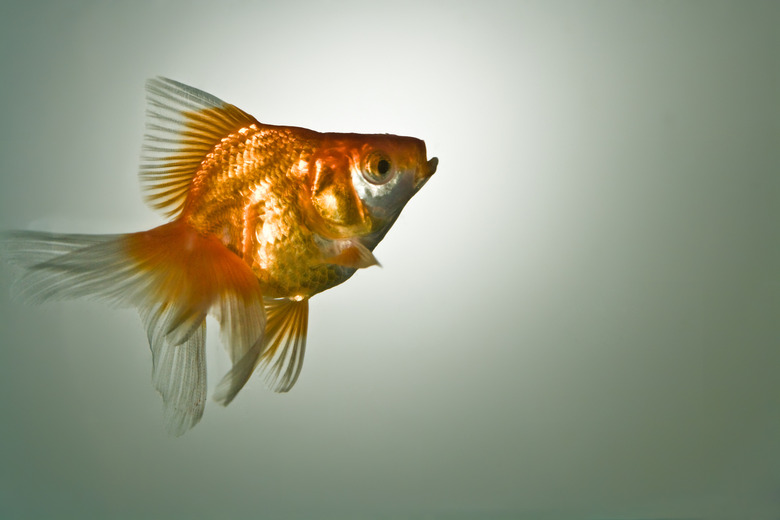What To Do For Fin-Nipping Fish
If you've filled your tank with beautiful fish with long, flowing fins, it can be a disappointment to see those fins gradually be nipped away by the tank bully. Make sure your tank fish are of a compatible species, ensure the water parameters are correct, and remove other fish stressors to downplay aggression in the tank.
Check your water quality
Check your water quality
If your fish start going after one another's fins, the solution could be as simple as improving the water quality. Although freshwater tropical fish can tolerate a wide range of water conditions, a difference that is too greatly removed from the waters from which their species hails can cause stress, making them more aggressive.
Nitrates and ammonia buildup in your tank is another source of stress and aggression. Know how to check your tank's water chemistry for nitrates, pH, and hardness and how to make the changes necessary to provide your fish with the water parameters that will reduce stress and aggression.
Your fish can also provide visual clues that something is off with the water chemistry besides becoming aggressive. Fish might gasp for air at the top of the tank, become faded in color, or lose their appetite.
Cool the action
Cool the action
Tropical fish become most active when water is at the warm end of their ideal temperature range. The solution to reducing aggression and fin nipping could be as easy as lowering the tank temperature by a few degrees.
Warmer temperatures stimulate tropical fish to mate. As a result, you'll see more activity in your tank and more aggression as males defend their chosen mates against any would-be intruders. You can recognize mating behavior, as females tend to hang around the back end of the male in many species, leaving the biting end free to chase away perceived danger.
Cooling the tank will reduce the urge to breed. Be careful not to stress your fish by letting the tank cool by about 2 degrees in four hours. Be sure to turn the temperature down to the new desired temperature. Unplugging your heater or turning it off could result in the temperature dropping too quickly or too low, resulting in fish disease or death.
Check for fin nippers
Check for fin nippers
There could be several reasons fish who should do well in a community tank could be nipping other fish. Mating behavior, for example, could mean that it is best to remove the spawning couple to a breeder tank to complete their endeavor. Too many males for the number of females in a tank will also cause fin nipping, head butting, and other forms of aggression that can injure your fish.
Schooling fish who are kept as the only one of their kind or in a too-small school can also turn aggressive and nip the fins of their nonschooling tankmates. Cories, for example, need to be kept in schools of six or more to prevent them from lashing out at tankmates.
Fish competing for the same space in the aquarium will also foster aggression and fin nipping. Some fish prefer to swim near the surface as a rule, such as tetras, danios, and rasbora. This is their space in the water column. Platies and goldfish prefer the midlevel water column, and plecos and cories hang near the bottom. Maximize your aquarium by making sure you don't have two species or too many fish competing for the same level in the water column.
Fin nipping fish list
Fin nipping fish list
It's possible that you have an aggressive fish who will continue nipping other fish no matter how good your water parameters. Cichlids are famous for being aggressive, eating anything that fits in their mouth, such as smaller fish or the long, flowing fins of other fish.
Tiger barbs, gobies, serpae tetra, and skunk loaches top the list of fin-nipping fish who should never be kept with fancy-finned fish. In this instance, the only way to solve the problem is to keep fin nippers in a separate tank.
